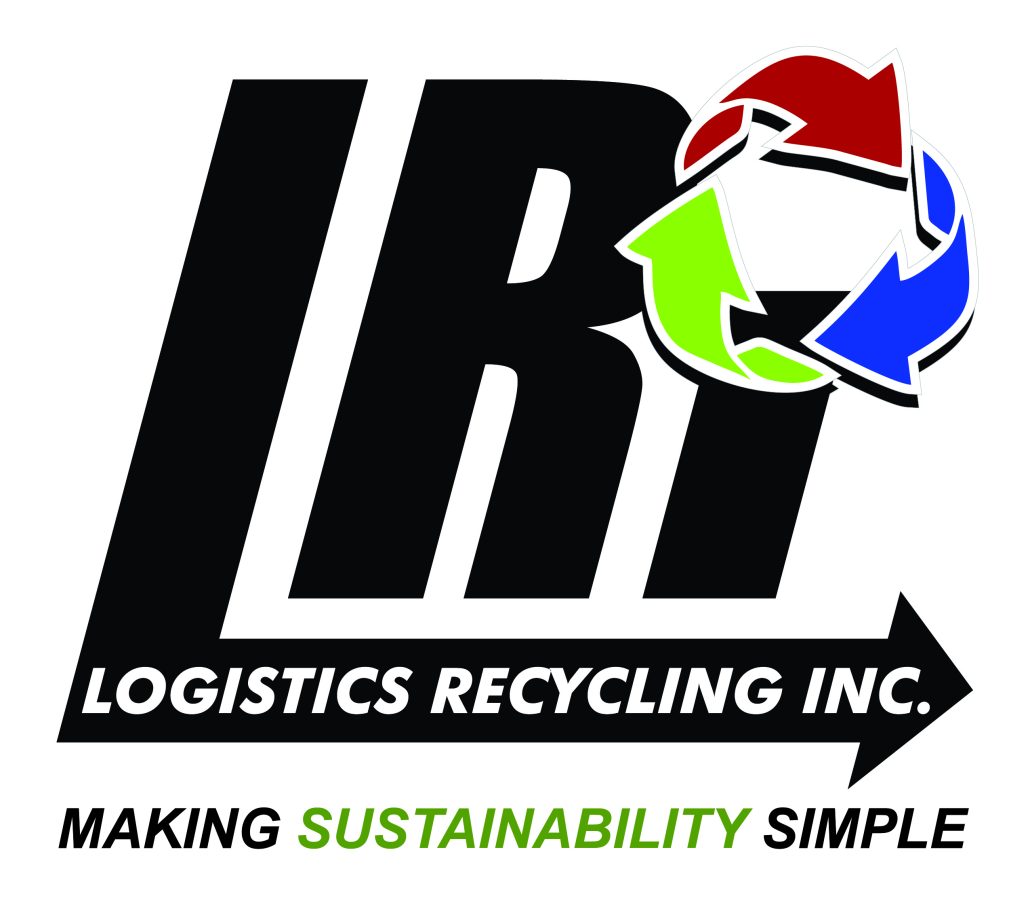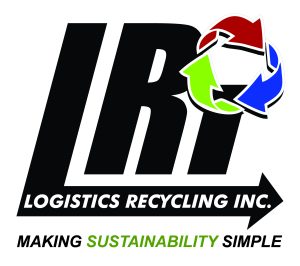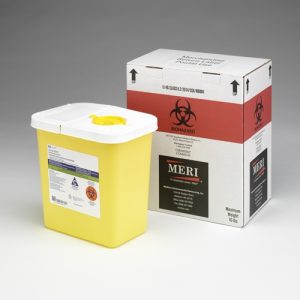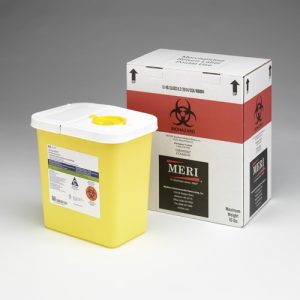Chemotherapy Waste Disposal
MERI, a division of Logistics Recycling, Inc., collects and properly destroys bulk and trace chemotherapy waste.
We can help you follow your local, state, and federal regulations regarding the disposal of each type of waste. For example, in Wisconsin, this guide from the WI DNR explains how to manage trace chemotherapy waste.
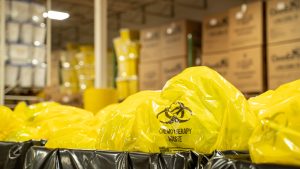
What is the Difference Between Trace Chemotherapy and Bulk Chemotherapy?
Trace Chemotherapy
- Items contaminated with residual amounts of chemotherapy drugs, such as empty drug bottles, drug dispensing devices, or IV bags and tubing. (i.e., the container is “RCRA empty”)
- Gloves, gowns, masks, goggles, and other disposable items that are used when administering chemotherapy drugs.
An affordable and compliant solution to dispose of a small amount of trace chemotherapy waste is to use a mailback kit.
MERI’s mailback kits are often used by:
- Home infusion pharmacies
- Traveling nurses who assist with in-home cancer treatments
- Smaller medical clinics
- Veterinarians
- Biotech research companies
Bulk Chemotherapy
- Drug dispensing devices or IV bags that are not empty
- Spill cleanup materials.

The label on the container must read “hazardous pharmaceutical waste.” Secondly, it must have a DOT hazard class label. An EPA-permitted hazardous waste transporter is the only one who can collect it. Finally, it can be disposed of at an EPA-permitted and authorized treatment facility.
